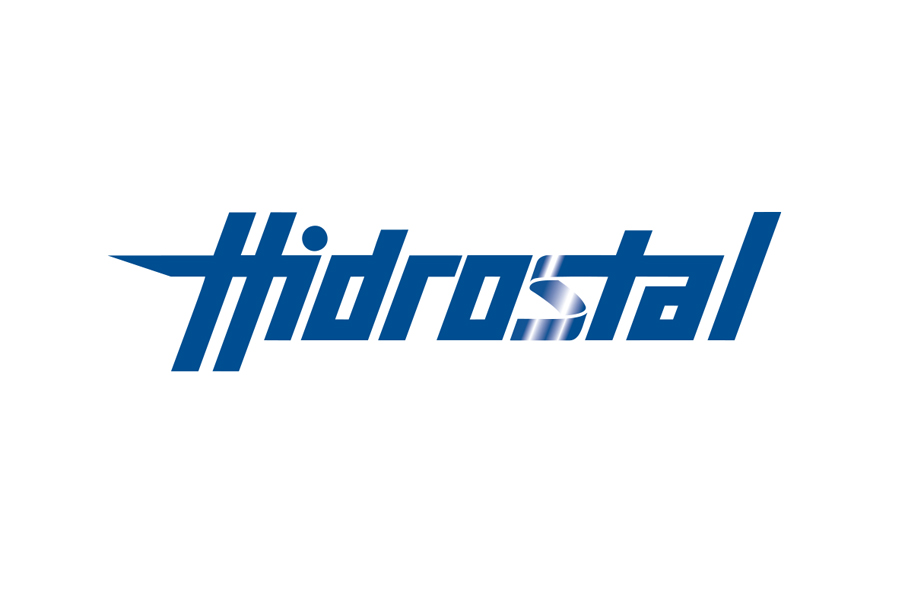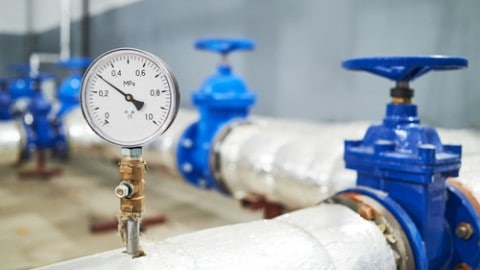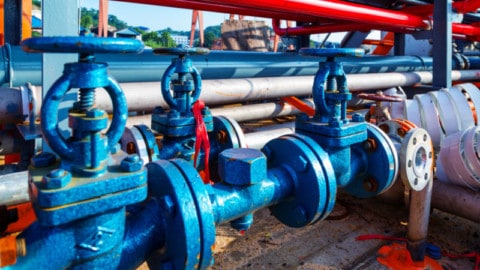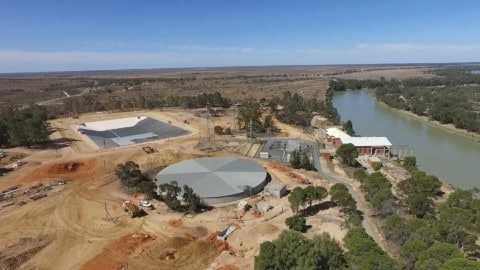The norm for the protection of the surrounding environment from a sewage overflow at a sewer pump station during a power outage is to install a generator. This approach is dated and not the best overall solution according to Hydro Innovations, Australian distributor for The Gorman-Rupp International Company.
During storm events, power is sometimes knocked-out, leaving electro submersibles at sewage pump stations with no electrical power to pump when they are required to do so. If power is not restored quickly, then a sewage overflow is possible. Naturally, this could have devastating effects to the health of citizens, beaches and sensitive wildlife areas. Because it is a lack of power that prevents pumping, conventional thinking would fix the problem by restoring the power with an emergency standby generator.
However, while the generator will get the station pumping during a normal power outage, but would be of no use if the motor control centre failed (lightning strike, blown fuse etc) or there was a problem with the liquid level control device. Here is where the benefits of using an emergency standby diesel driven pump start to emerge. If a pump is used instead of a generator, the pump does not care what the problem is (no power, no controls etc), it kicks in when its dedicated level system reaches the on level. It starts, pumps the sewage to the off level and stops (ready for the next cycle).
The benefits do not end there. With a pump, the pump only operates when pumping is required, where a generator operates the entire time the power is out. This means the pump will use much less fuel, the engine will run much less hours (keeping maintenance costs down), and the pump is much less likely to need re-fuelling during the power outage. A further benefit is that the emergency pump can be used as the standby pump should one of the submersible pumps need to spend some time in the workshop for repairs. Peace of mind for operators.
According to Hydro Innovations, the best pump to use is a purpose built self priming (wet) Gorman-Rupp sewage pump which only needs water in the casing to guarantee priming. Garry Grant of Hydro Innovations says that other styles of pump are promoted for this purpose, but these rely on too many things to guarantee priming. The air separation tanks need to be free of debris, compressors need to be working, compressor belts need to be operational and the non-return valve needs to be seated properly.
Gorman-Rupp Super T and Ultra V sewage pumps are manufactured (cast, machined, assembled and tested) in the USA as purpose built wastewater pumps and are built to be the most reliable primers and sewage pumpers in their class. Pumps can deliver flows from just a few litres per second up to 250 litres per second, and heads to 100 metres.
More information on these pumps can be obtained from Hydro Innovations at [email protected] or by calling 02 9647 2700.


















